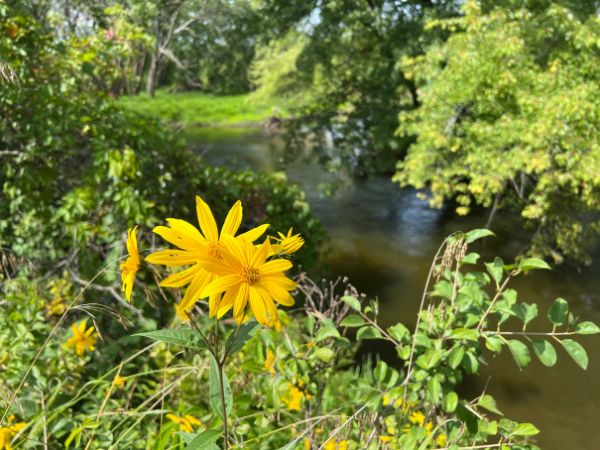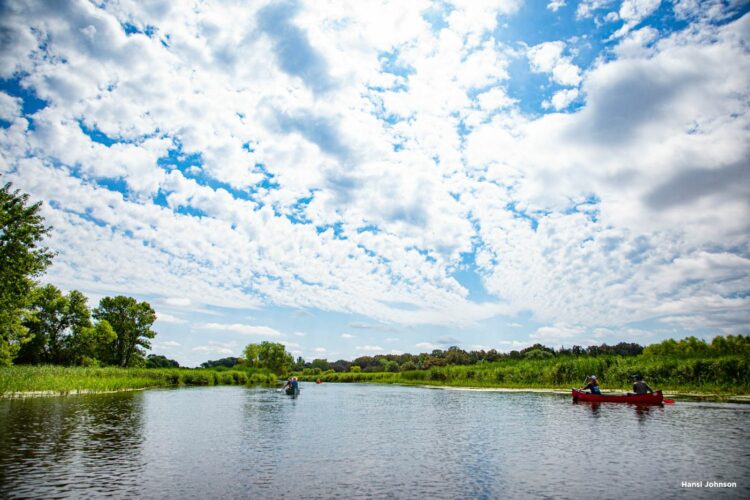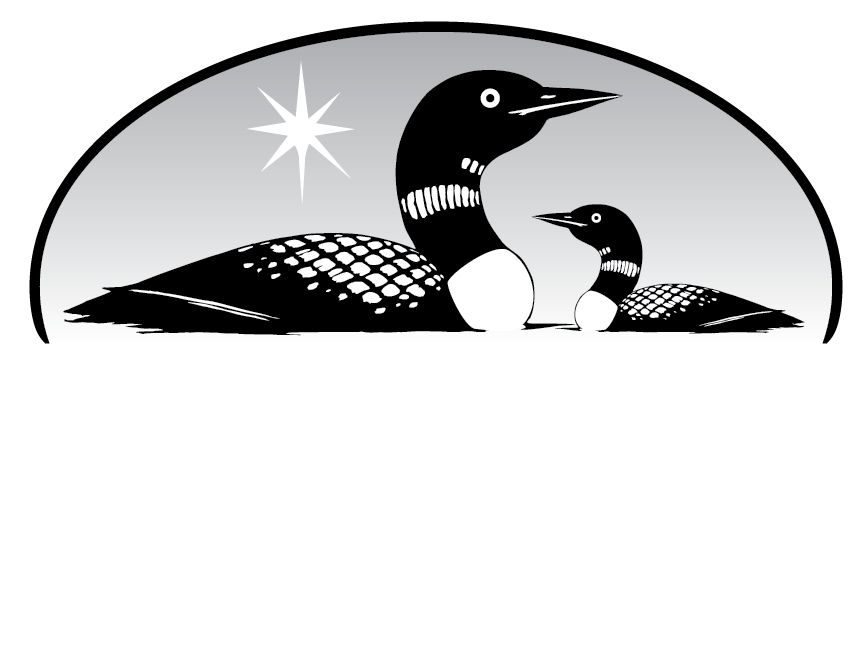Found in the geographic center of Minnesota between the Land Trust’s Mississippi Headwaters and Twin Cities Metro conservation areas, lies the Mississippi River Corridor conservation area.
Unique to the Corridor is Camp Ripley, a 53,000-acre military facility and game refuge co-managed by the DNR. The camp is unique in that it includes 18 miles of undisturbed natural shoreline along the Mississippi, and is a unique example of military working lands that are managed for training and conservation by the Department of Defense. The camp is home to 565 types of plants, 202 bird species, 41 species of fish, 107 types of aquatic invertebrates, 65 species of butterflies, 51 mammal species, and 23 reptiles and amphibians.
The Mississippi River Corridor also includes the Avon Hills landscape near St. Cloud, which has been found to be ecologically significant by the DNR and The Nature Conservancy. In partnership with St. John’s Arboretum, the Minnesota Land Trust has worked to protect hundreds of surrounding acres through partnerships with private landowners.
The River Corridor is also important habitat for a number of important species to our state, including the cerulean warbler, red-shouldered hawk, Blanding’s turtle, American ginseng, and least darter. Audubon Minnesota has identified three Important Bird Areas that overlap with the Corridor, with over 229 bird species identified in the area.
Explore Projects in this Area

The Heurungs have protected over 70 acres of their property in Stearns County, mostly composed of forest and woodland, grassland, and wetlands, and 2,829 feet of shoreline that includes a portion of the Sauk River and a restored pond. Active stewards of their land since they acquired it in 2017, the family partnered with Stearns [...]

Protect the Land You Love! As a landowner in this region, you can help improve water for drinking, recreation, and aquatic species; and ensure that the remaining wetlands, forest, and prairie continue to provide habitat for birds and other wildlife to help preserve your way of life. The Minnesota Land Trust is seeking private landowners [...]







